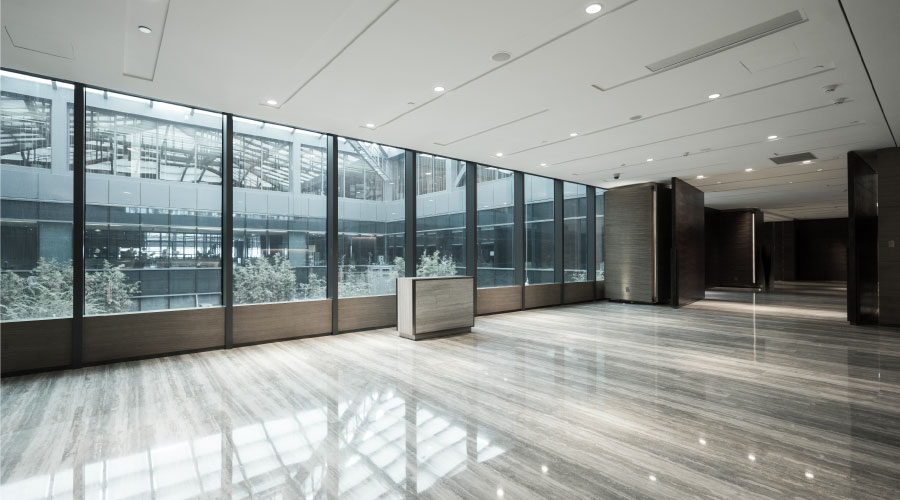The Impact of Sustainability on Flooring Specification
Being as sustainable as possible also can affect flooring installation and product integrity. All flooring must be installed in an environment in which the HVAC system operates as it would when the space is occupied. The acclimation of the flooring to the space should comply with manufacturer guidelines for allowing flooring materials to relax in the space.
Also of great importance is testing the substrate for moisture and alkalinity. Failures of flooring installations due to moisture-related conditions are at epidemic levels. Many failures are due an uncontrolled space. Cycling air-handling systems influence the movement of moisture in and out of a space with a concrete slab, which can result in failure. When this occurs, the remedy is expensive, disruptive, and invasive, and it often leads to legal actions.
The specification written for the flooring material must take all of these factors into consideration. The specification also should state that the flooring contractor and installers have at least five years of experience working with the particular flooring to be installed.
Managers should remain skeptical of low bidders whose price is out of sync with the process. They also should be leery of such products as curing agents and high fly-ash content in concrete, which are written into the specification with the intention of preventing anything from sticking to the concrete.
The greenest choice a manager can make specifying flooring and carpeting is to select the most appropriate product and make sure the contractor installs it correctly. Beyond that, proper maintenance can extend the performance life of hard flooring and carpeting far beyond expectations.
Lewis G. Migliore is president of LGM and Associates. He has been associated with the floor-covering industry for more than 41 years and has written floor-covering padding and installation specifications, maintenance manuals, and claims policies.
Related Topics:













